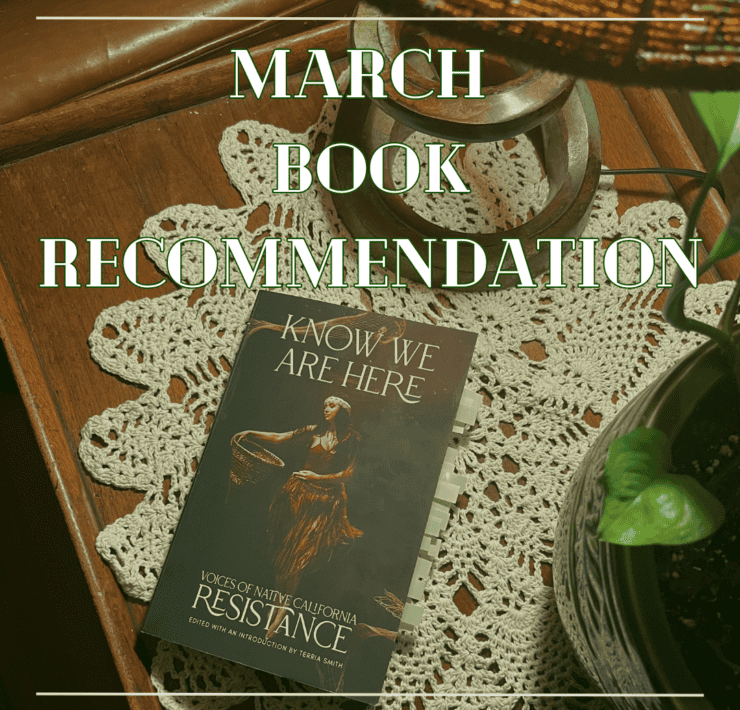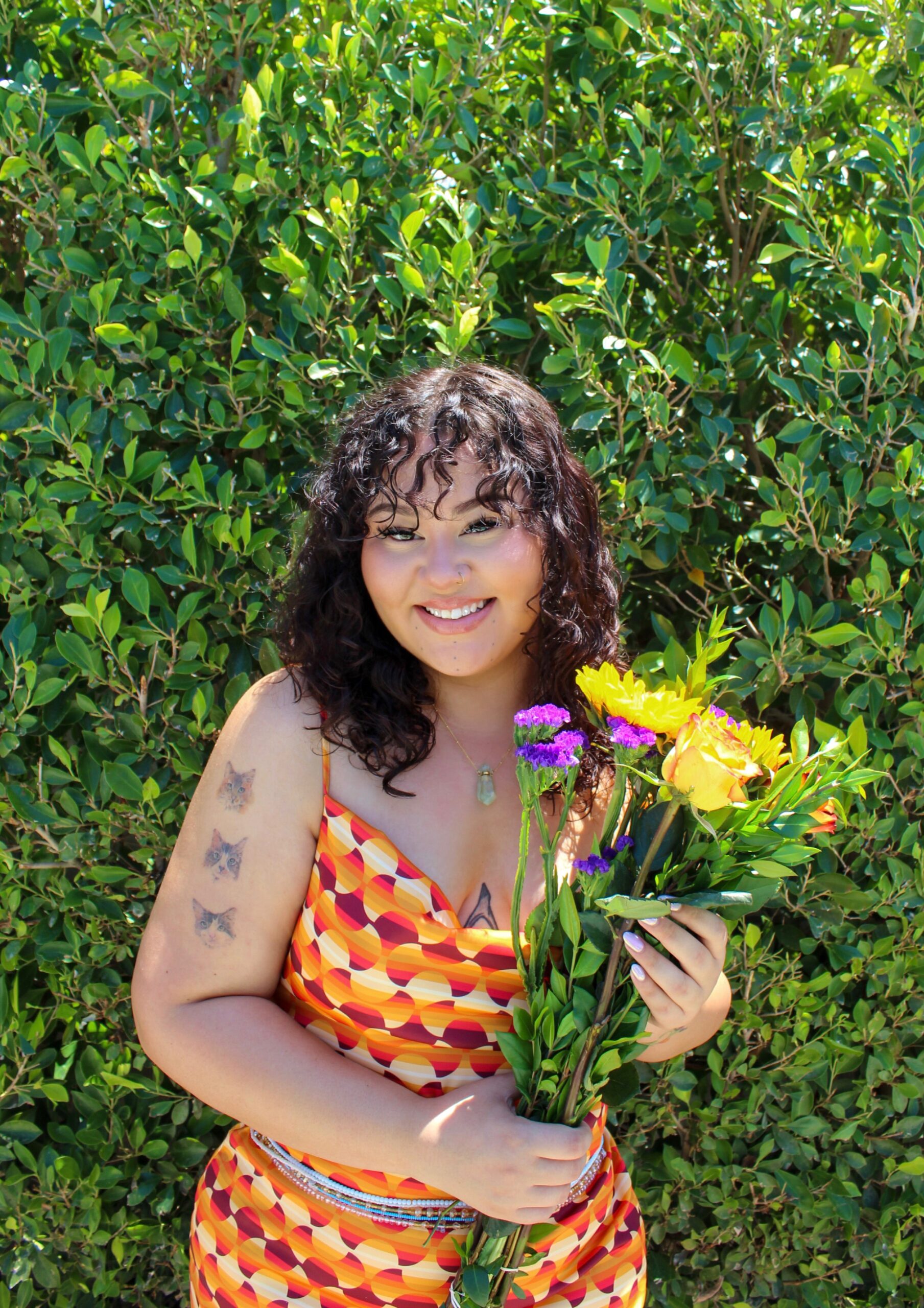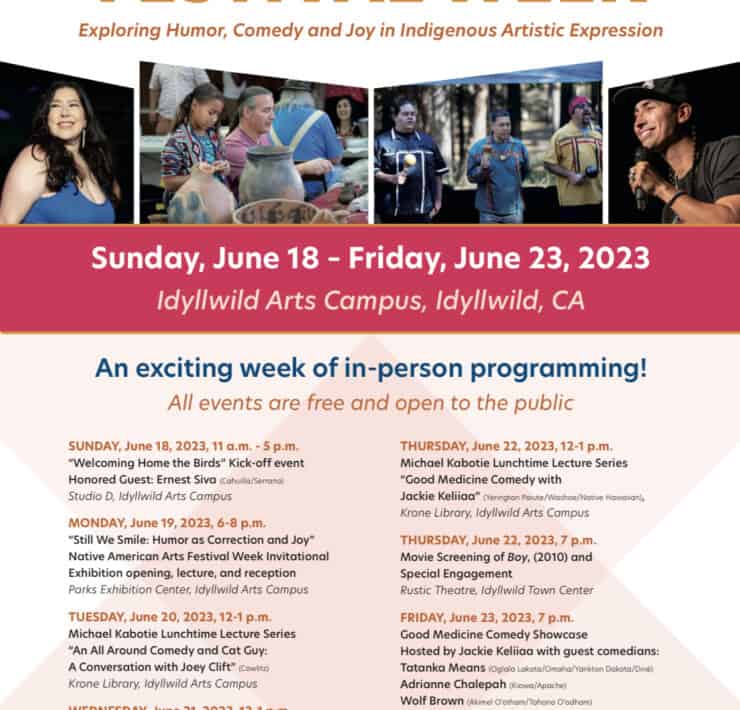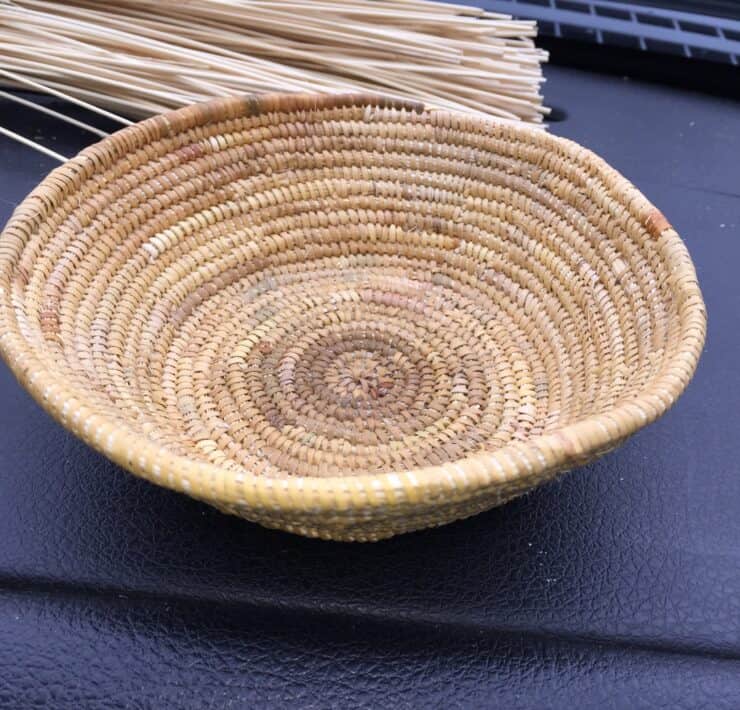
By Emily Clarke
It is summertime in Idyllwild and everything is green. I drive an hour up the mountain every morning to Idyllwild Arts Academy to take part in their Native American Arts summer program. The first course I signed up for is “New Native Kitchen,” with Chef Freddie Bitsui, who is a Navajo chef and author who served as the Executive Chef for the Mitsitam Native Foods Café at the National Museum of the American Indian. Freddie has been a part of the Idyllwild Arts program for over 10 years and also assists in the kitchen during his stay. At the beginning of the first class, Freddie gifts us all with his new cookbook, New Native Kitchen, authored by himself and James O. Fraioli, a well-known publisher. We ooh and ahh, perhaps simply due to the surprising weight of the impressive book dropped into our hands, and Freddie begins his first lecture.
The book is a thick hardcover full of colorful photographs, personal anecdotes and informative stories, and over five chapters of recipes that combine traditional Native foods and practices with modern techniques and ingredients. Freddie says the book is “as varied as the people that inspired the recipes,” and likes to emphasize that Native cooking doesn’t have to mean only using traditional ingredients, but can instead be a reflection of the adaptability of Native people and recipes. The recipes include soups such as “Rabbit Stew with Corn Dumplings,” and “Red Potato,” Salads like “Manoomin Rice Fritter Salad with Blueberry Vinaigrette,” vegetables and sides, main courses such as “Braised Chicken with Sage and Chokecherry Sauce,” and an array of mouthwatering yet simplistic desserts. My two favorite recipes so far are the “Calabasas Squash, Tomatoes, and Queso Fresco” and “Sautéed Acorn Squash with Maple Syrup,” but I’m dying to try my hand at “Steamed Indian Corn Pudding.”

In the classroom, Freddie’s extensive knowledge of ingredients, techniques, and food history is apparent in the way he teaches. At the beginning of each class, Freddie explains each ingredient; how it was used traditionally, whether it is “native” to the area and if not, its travel path, and how his own usage of the ingredient is derived from his childhood or past experiences. We learn the difference between building and steeping a soup, how to make the perfect mashed potatoes, and that you should never be buying salad dressings when you can just make them yourself. Freddie tells us that in his experience, when people learn they are going to be eating food cooked by a Native American chef, they often expect something different than what comes out of his kitchen. What makes a dish Native American? In Freddie’s perspective, it’s how you treat the ingredients and the mindset you bring to the kitchen as a chef.
After the morning lectures and a quick break, it’s time to cook. Chef Freddy warms hotplates and writes a list of recipes onto the whiteboard. We are just a small group of Native people learning to cook on hotplates inside a mountainside classroom in Idyllwild, but suddenly we feel like a team. Each of us chooses a recipe to make for the day. There is a main, a few sides, and a dessert. As we cook, the scents drifting from the open windows of our makeshift kitchen draws in other students from the various Native Arts classes across campus. I learn how to julienne an onion and sautée corn. Other students braise meat or blend ingredients into a salad dressing. After a couple hours of sharing spoons, chopping vegetables, and managing not to burn everything, we portion our food onto paper plates or into plastic cups and sit around the folding table to eat. This is of course the best part. We pass stories and conversations to one another like we pass the dishes of food we have made. Not only do we have the opportunity to taste each other’s food, but we are also able to learn what we can do differently next time from Chef Freddie. Maybe the salad is slightly overdressed or the sauce could be thicker. Despite minor critiques, Freddie always eats happily alongside us, offering a mmm or that’s tasty here and there.

At the end of the weekend, I leave with Chef Freddie’s cookbook in hand and a newfound determination to cook more. With Freddie’s help, I learned that cooking a healthy, put-together, and delicious meal doesn’t have to be a chore as well as incorporating Native ingredients into my meals isn’t always daunting. Many of the recipes in New Native Kitchen seem difficult or fancy even, but I have found that as you cook your way through the book, you will begin to appreciate how simplistic the recipes actually are. Oftentimes, all you need to start a recipe is some canola oil, a few cloves of garlic, and a bay leaf or two. Some of the best recipes in the book are gluten or dairy free in order to be accessible and healing to Native people and communities. Even if you never cook from it, having New Native Kitchen on your shelf will open your eyes to the possibilities of innovative Native cuisine, as well as give you a glimpse of food through Chef Freddie’s eyes. My own copy of the book is earmarked and sticky-noted to keep track of my favorite recipes and the ones I want to try next, and my fridge is stocked with the necessary ingredients to make “Sweet Summer Corn Broth.” Which reminds me, I need to lay the chicken out to thaw.

